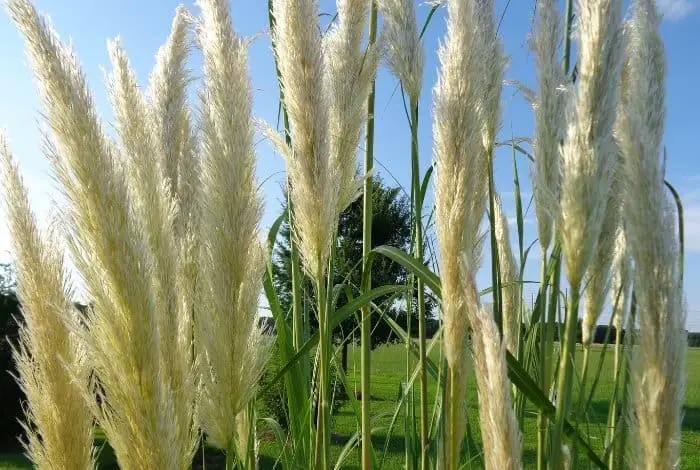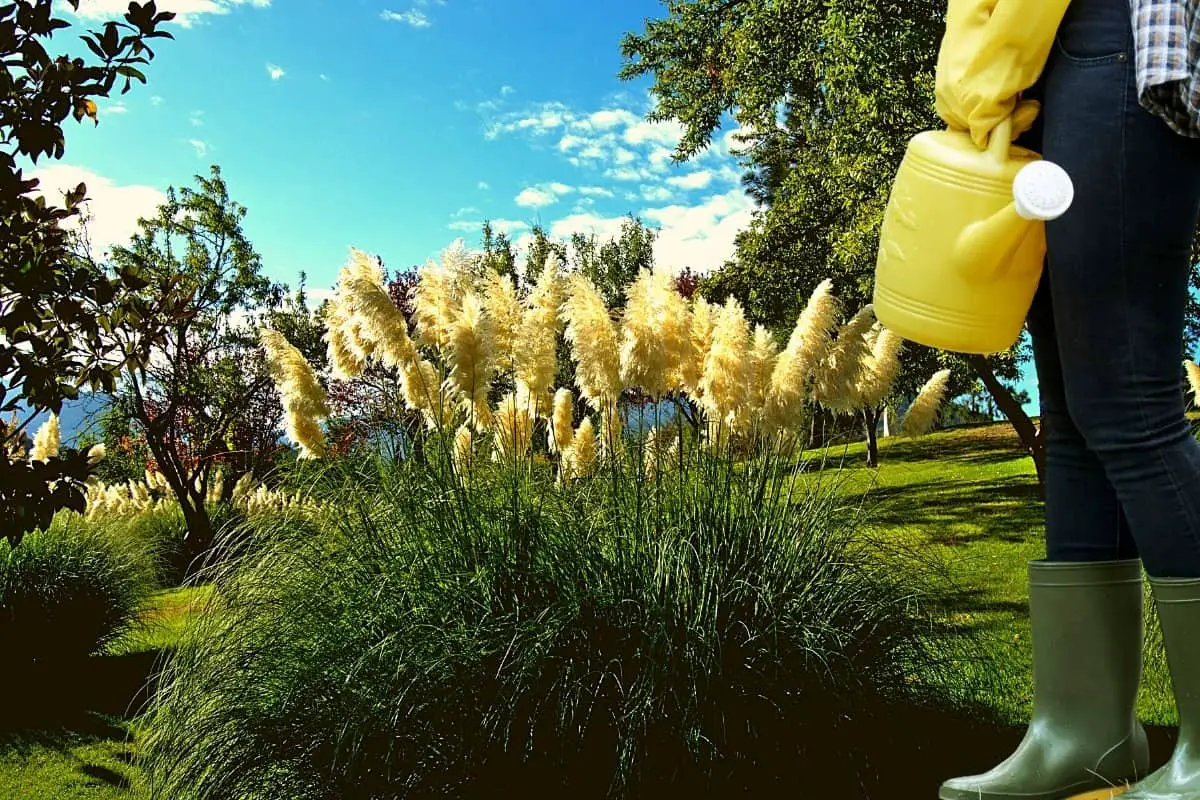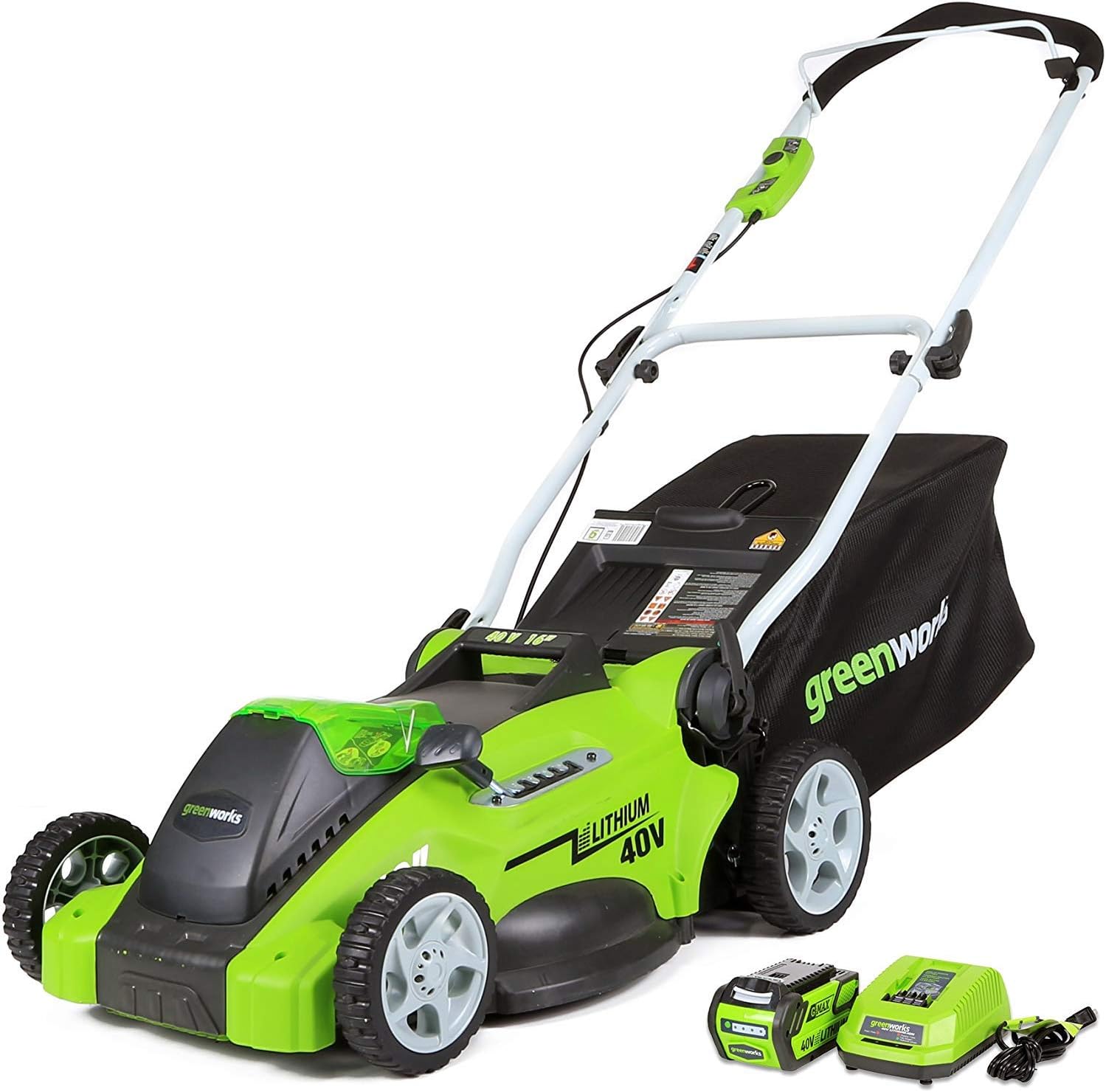Last Updated on January 4, 2022 by
The earlier you learn how to maintain pampas grass the better you get at managing this invasive ornamental grass.
It is very easy to grow this grass because it grows like a weed in California and Texas. But in Hawaii and New Zealand, it is banned by the government.
Pampas grass spread fast through traveling roots. It gets around fast overtaking your garden and your neighbors within very short notice.
Choosing the Right Conditions for Pampas Grass
Pampas grass embraces a wide variety of growing conditions which enables them to increase in size and width. With this in mind, it is important to make an informed decision on where to plant this grass. Give this grass ample room for growth. If you are planting pampas grass with another type, you must provide at least 6 feet of space between plants. Plant this grass away from structures because it is highly flammable and can present a fire hazard.

- Think of How High and Wide the Grass Grows – When choosing the right spot to grow pampas grass, you need to take into account the final height and width of the grass. Pampas grass grows wide and tall, the more reason you should account for the growth. If you don’t account for the growth, you could end up with the area looking cluttered and unkempt.
- Choose a Full Sunlight Area – Pampas grass requires full sunlight throughout the day; choose an area that will provide it with this requirement. Planting it in a shady area is possible but the lack of sunlight can affect its growing height. Also, some species may not flower if they lack direct sunlight all day.
- Where Not to Plant Pampas Grass – Do not plant your pampas grass next to the driveway or the road. The grass grows wide and tall obstructing the view of the road. It also obstructs the driver’s view of the driveway making it dangerous to drive without a clear view.
- Do Not Plant this Grass Near Air – Conditioning units, the blades of the grass might be caught in the machine’s fan damaging it extensively.
- Do Not Plant this Grass Near Where Children Play – Children will want to play with the beautiful flowers but the leaves have razor-sharp edges that might cut them. If they try to pull on the grass or fall into the grass, they will get hurt.
Greenworks G-MAX 40V 16” Cordless Lawn Mower
How to Maintain Pampas Grass
Once you have established your plantation for this ornamental grass, you will need to care for and maintain it. Generally, it needs very little care.
- Protect it from Cold – In cooler areas, during the end of the growing season, wear your gloves and protective gear. It is the season of tying the leaves of the plant together! This will help protect the plant against shock that is caused by cold. If you live in areas that freeze, you might need to cover your pampas grass when the temperatures drop to below freezing point.
- Pampass Grass Pruning – Early spring, prune and burn the dead stalks of your plant to the ground. This will not damage the plant or its roots. The pruning of all the dead stalks makes way for fresh new growth. During pruning wear protective gear to avoid being badly cut when handling the grass. The leaves are blade-like, razor-sharp, and can easily inflict injury if you don’t protect yourself.
- Fertilizing the Pampas Grass – Pampas grass does very well with little or no fertilizer. You can choose to either use fertilizer or not. If you choose to use some, give it a bit of balanced fertilizer in the springtime right after pruning to stimulate the springtime growth.
- Propagating Pampas Grass – After pruning your ornamental grass, it’s time to separate and replant the huge chunks of grass growing together. Slice the roots into clumps with a sharp shovel. Dig up a shovel of roots and plant them in a new hole that has the same height and length of the root system. You can use your hands to separate the roots. Place some fertilized potting soil in the hole before planting the new grass. Water the grass well to reduce transplant shock. Soon you will have a whole new plant.
Pampas Grass Care
Pampas grass comes in both male and female varieties. You can tell the difference by looking at the plumes. The females have fuller, silkier, more attractive plumes. Female pampas grass is much nicer looking and gives pleasing results. It is best to cultivate more female specimens than males for better results.
FAQs
Do you have to maintain pampas grass?
Pampas grass is a versatile and attractive type of plant that has been popular in American yards and gardens for decades.
Some people may think that the only thing that they need to do to maintain this type of plant is trim it periodically. However, there are many other factors to take into account when caring for this type of plant.
Pampas grass is not a plant that can be neglected. It requires proper maintenance and the right type of care to keep it looking good.
If you don't do anything, Pampas Grass will eventually die or show signs of yellowing and drying out.
The main thing you need to do is cut your pampas grass long enough for your mower's blades to get through. This will promote new growth and make the old leaves fall off the stalks, opening up more room for sunlight to reach the stalks and roots.
Pampas Grass has feathery leaves, which can make it a little more difficult to maintain than other grasses. It also needs a lot of space, so it's best to grow it in a container or garden bed because it will eventually overtake any other plants around it.
Do you prune Pampas grass?
Pampas grass is a beautiful type of grass that is popular for its ornamental purposes. It is an evergreen plant with feather-like leaves, which makes it perfect to decorate your garden with.
If you are wondering do you prune Pampas grass, then the answer is yes! You need to regularly prune this type of plant so that it can grow how you want it to.
The best time to prune your Pampas grass is in the early spring when the weather is getting warmer. You should also avoid cutting off more than 1/4 of the plant at a time so that it stays healthy and strong!
Pampas grass can reach up to 20 feet in height and width and it is typically planted close to buildings or fences. Although, there are some who believe that constant pruning of Pampas grass is necessary for its health and growth. This is not true.
How do you fluff Pampas grass?
The best time to fluff the grass is in the early morning when it is wet from dew.
To fluff Pampas grass, you need to take the bunch of grass and separate it into three parts. You then take one piece and roll it up. Then, you follow the same process with the other two parts. Next, you shake all of them vigorously until they are fluffy and pliable. Finally, you shape the Pampas Grass into a ball for display purposes.
Another way to fluff Pampas grass is to use a large bowl, fill it with water, and submerge the base of the Pampas grass so that the blades are fully submerged.
The blades of Pampas grass are designed to stand out when they are wet. So once you have soaked them in water for about an hour, they will become fluffy and full again.
Caroline is a gardener who loves to get down to the nitty–gritty of gardening. She proudly proclaims herself as a ‘dirt worshipper‘ and can often be found deep in the garden, covered in soil and singing to her plants. As a self–proclaimed ‘plant whisperer‘, Caroline believes that plants need love and attention just like any other living thing, and she loves to give them both. When she‘s not tending to her garden, you can often find her researching the latest gardening trends, or teaching others how to make their gardens thrive



